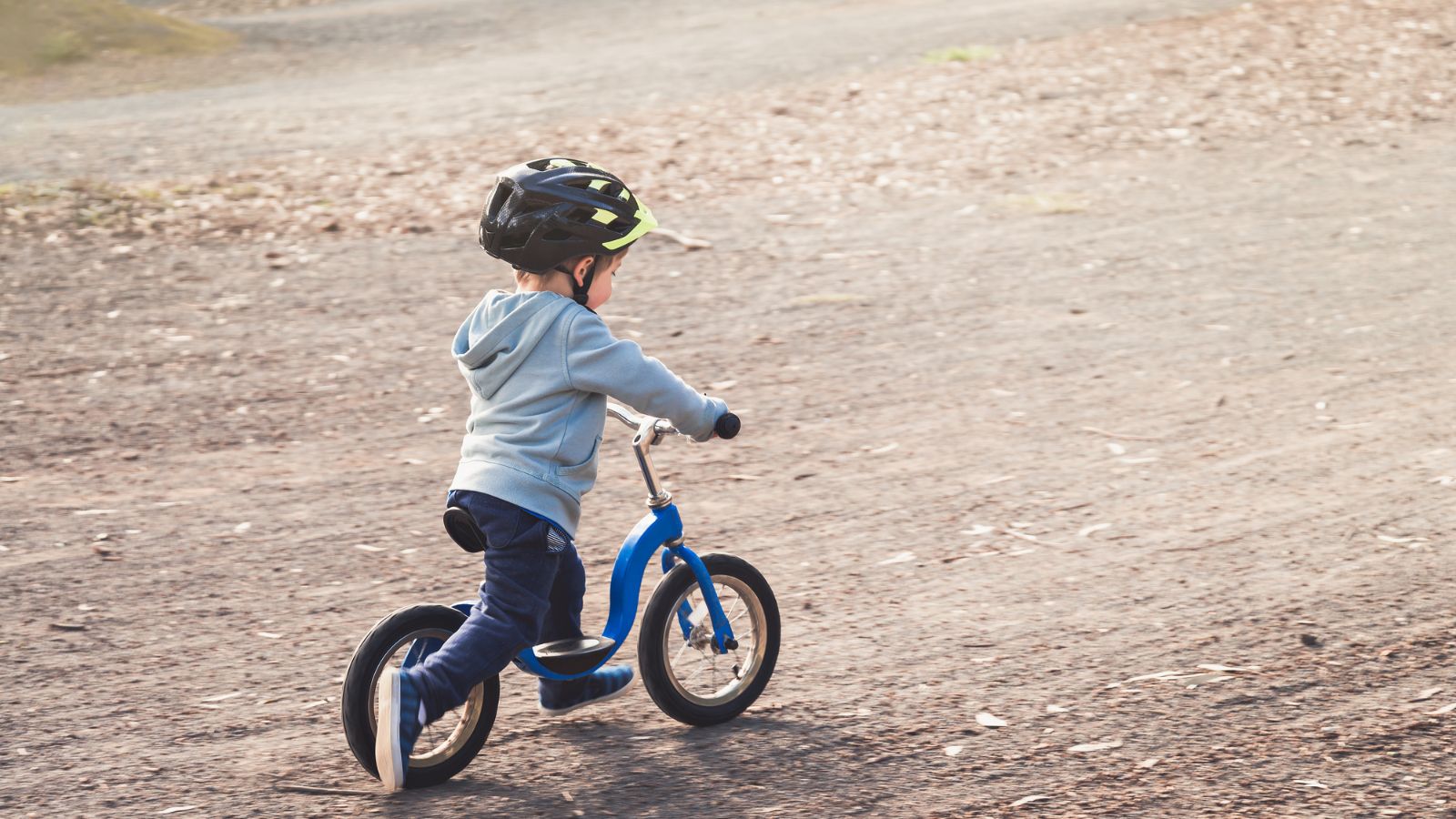A scraped knee is expected when your child learns to ride a bike, but a brain injury changes everything. The risk may seem small at first, but even slow-speed falls or small collisions can cause real and lasting damage. Many of these injuries aren’t immediately obvious, which makes them easy to miss in the chaos after a tumble. But what you do in the minutes, hours, and days after the fall matters more than most parents realize.
You don’t need to be overprotective to be prepared. Understanding how brain injuries happen and what signs to watch for can help you act quickly and confidently. Helmets help, but they’re not foolproof. And not every serious injury leaves a visible mark.
Legal Help When Safety Fails
Injuries can happen even when you’ve done everything right, followed the rules, bought the right gear, and stayed close. Sometimes, unsafe sidewalks, reckless drivers, or defective bike parts are part of the problem. When a child suffers a brain injury due to someone else’s carelessness, it can be overwhelming to figure out what to do next. That’s where the Smith LaCien injury lawyers can provide support, clarity, and legal options.
Having experienced attorneys review what happened can bring peace of mind and help families focus on recovery. Legal teams often uncover factors that weren’t obvious at first, like a poorly designed crosswalk or a missing stop sign. You shouldn’t have to navigate this alone while juggling hospital visits and emotional stress. Accountability matters, especially when it involves your child’s long-term health.
Subtle Symptoms That Parents Often Miss
Brain injuries in children don’t always come with obvious warning signs. After a fall or minor crash, it’s important to watch for subtle changes that could indicate something more serious. Here are common signs that often go overlooked:
- Persistent Headaches- A headache that won’t go away might be a sign of internal trauma, even if there’s no visible injury.
- Sudden Changes in Behavior- If your child becomes unusually quiet, irritable, or withdrawn, it could be more than just a bad day.
- Memory or Attention Issues- Trouble recalling routines or focusing on tasks may suggest a mild traumatic brain injury.
- Mistaken for Normal Upset- Emotional shifts or fatigue are easy to dismiss, but could reflect underlying problems.
- Delayed Reactions- Symptoms can take hours or days to show up, making continued observation essential.
- Parental Instinct Matters- If something feels off, don’t ignore it; early medical attention can make all the difference.
Why Helmet Fit and Usage Make a Big Difference
It’s not just about wearing a helmet, it’s about wearing it the right way. A loose strap or tilted position can reduce the helmet’s ability to absorb impact. Many kids ride with helmets pushed too far back or straps dangling loose, and they don’t even realize it. A few adjustments can significantly improve protection in case of a fall or crash.
Check the helmet regularly for cracks, loose parts, or age-related wear. Helmets aren’t built to last forever, especially after a hard impact. Teaching kids how to put it on properly helps build good habits and confidence. It also reinforces the idea that their brain is worth protecting every time they ride.
Common Places Where Accidents Happen
Most parents worry about streets and traffic, but many brain injuries happen on driveways, sidewalks, or even in parks. Curbs, uneven pavement, and unexpected obstacles like toys or cracks can send a child flying off their bike in a split second. These everyday environments often feel safe, which makes us less alert. But they can still present real hazards, especially for young or beginner riders.
Driveway slopes, gravel, and poor lighting can all increase the risk of a fall. It helps to walk the area where your child rides and note any danger spots. A quick scan before playtime could prevent a serious accident. Teaching kids to slow down in unfamiliar areas also builds safer habits.
Common Places Where Accidents Happen
Not all serious injuries happen in high-traffic zones. Many bike accidents occur in everyday places we assume are safe. Here are common spots that deserve a second look:
- Driveways and Sidewalks- Slopes, gravel, and uneven pavement can easily cause loss of balance or traction.
- Neighborhood Parks- Tree roots, cracks, and playground edges can become unexpected hazards while riding.
- Residential Streets- These may seem low-risk, but often have blind corners, parked cars, or drivers not expecting cyclists.
- Curbs and Transitions- Sudden drops or raised areas can catch wheels and lead to hard falls.
Poorly Lit Areas-Riding at dusk or in shadows hides cracks, debris, and other danger zones. - Play Areas with Toys or Clutter- Balls, scooters, and other gear can become tripping or swerving hazards in shared spaces.
Doing a quick safety check of your child’s riding area and encouraging caution in unfamiliar spots can go a long way in preventing accidents.
How Injuries Impact School, Sleep, and Social Life
A brain injury doesn’t just affect a child physically; it can disrupt everything from school to friendships. Trouble focusing, mood swings, or headaches might show up days or weeks later, making everyday activities harder than before. Teachers may notice a drop in performance or behavior shifts before parents do. Even sleep patterns can change, leaving your child feeling more tired or irritable than usual.
These changes often confuse families because they appear slowly and aren’t always linked directly to the accident. That’s why documenting symptoms and keeping communication open with teachers and caregivers is so important. A mild injury doesn’t always feel mild once the ripple effects begin. The more you track, the better support your child can receive both medically and emotionally.
The Importance of Following Up After the ER Visit
An emergency room visit after a bike crash may give you initial peace of mind, but it shouldn’t be the last step. Some brain injuries take time to show full symptoms, which is why follow-up care is essential. Pediatricians, neurologists, or concussion specialists can track your child’s progress and recommend rest, therapy, or school modifications. Skipping this step can lead to long-term complications that could have been managed earlier.
Even if your child seems fine, follow-up checks help confirm that healing is on track. They also allow you to ask questions you may not have thought of during the initial chaos. Care shouldn’t stop just because the bleeding did. Your child’s brain deserves a second look to ensure everything truly is okay.


